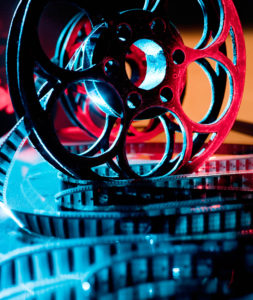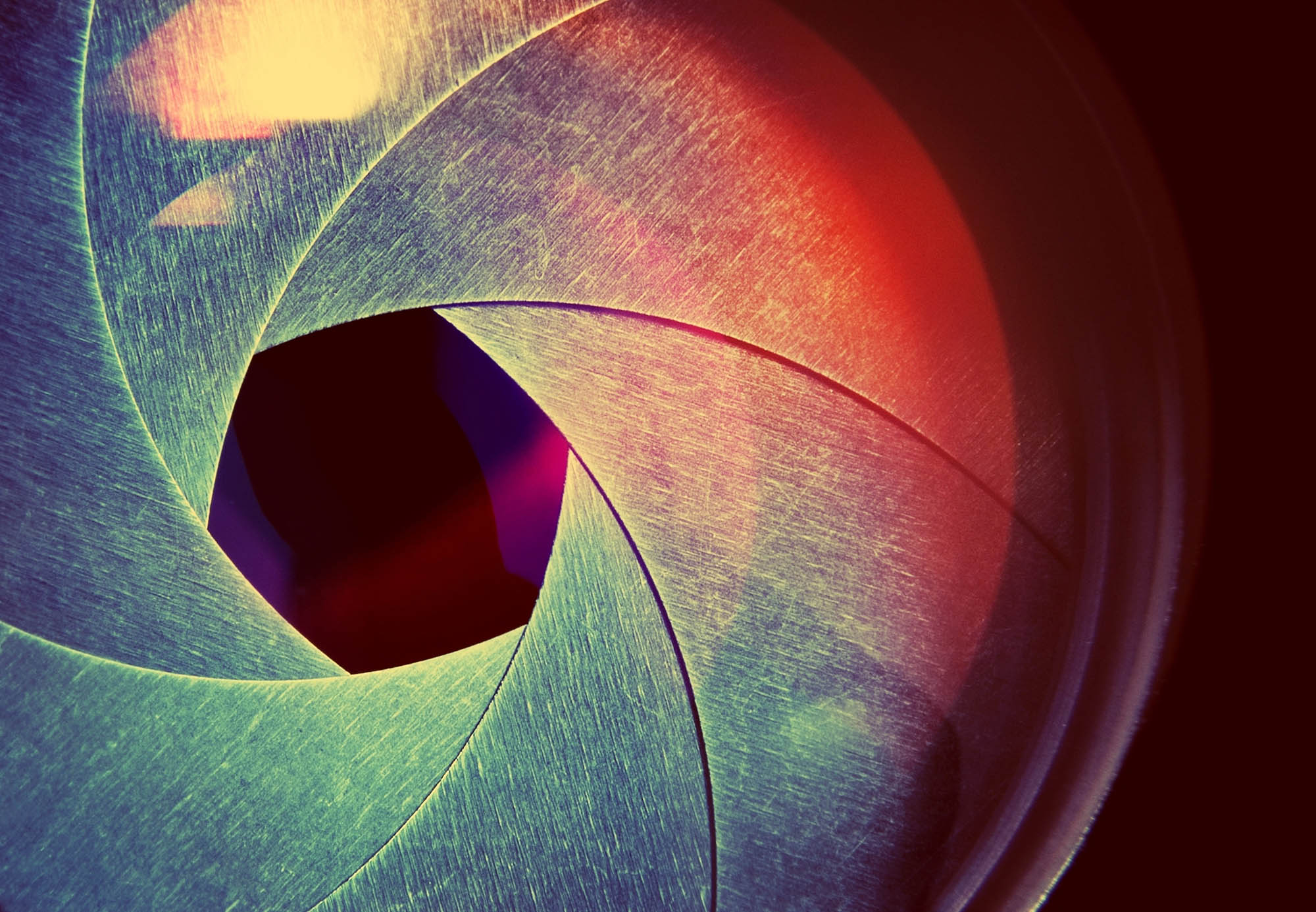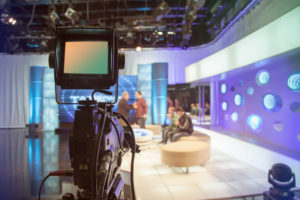For a newcomer, set life can be overwhelming, especially with all the production jargon that gets tossed around by those above the line and those below the line. No idea what that means? Our point exactly. Lucky for you, we’ve compiled a list of terms you may hear on any given day on set. Read on for our latest guide to video production jargon and lingo:
- “What’s your 20?”: Walkie Talkie code asking for someone’s location
- Above the line: All the people who have creative input such as the producers, directors, actors, and screenwriters
- Apple Box: A strong wooden box used by the lighting department. Apple boxes vary in size from full to pancake.
- B-cam: The second camera on set that records footage from a different angle than the A camera. Camera names can continue down the alphabet or be numbered.
- B-roll: supplemental footage inserted as a cutaway to help tell the story.
- Base camp: Where trailers, parking, and sometimes meals are located, occasionally located away from the main set
- Below the line: Everyone not “above the line” aka crew members such as: grip, camera operators, audio, production assistants, etc.
- Bogies: Unwanted people in the shot aka pedestrians
- Boom: An extended arm for a camera or microphone that allows for greater reach of the equipment
- C-47 (Clothespin): A basic wooden clothespin that is used to secure different lighting filters to open-faced production lights
- Camera Blocking: Whenever a change to the camera is made during a scene (whether it be the lens, focus, or the camera’s location), this is the process of noting those changes
- C Stand: An all-purpose grip stand used by the lighting department
- Call Sheet: A document that is sent prior to the shoot day that lists the contact information of clients, crew and talent call times, and shoot locations. It can include particulars about parking, wardrobe and other details for talent and crew
- Clapper: Another name for a slate (See below for slate)
- Cookie / cucoloris: A porous material used in the lighting department to create shadow patterns or break up the light in a different way
- Craft services (aka Crafty): The location on set where food and beverages are served for talent and crew
- “Crossing”: Something said to a camera operator prior to crossing through their frame
- Dead cat: A fuzzy cover placed over a microphone to limit wind distortion
- Dolly shot: A shot filmed on a moving dolly (A moving shooting platform)
- Drop Frame: The American system of time coding that adjusts the generated data every minute to compensate for the spread of the NTSC television system that runs at 29.97 frames/second.
- Dub: The taped copy of any source record
- Establishing Shot: A long or wide shot at the beginning of a scene to establish a sense of location and time with the audience
 “Eyes on”: Can be used to locate a person i.e. “Who has eyes on Johnny?” or say once a person is located i.e. “Eyes on Johnny”
“Eyes on”: Can be used to locate a person i.e. “Who has eyes on Johnny?” or say once a person is located i.e. “Eyes on Johnny”- Foamcore: Polystyrene which is sandwiched between paper by the lighting department. Used to bounce light beams on set because it is stable and easily cut.
- Foley: Creating sounds effects after a scene is shot by mimicking the action with props that don’t always match the action exactly
- Gaffer: The lighting technician in charge of the electrical department
- Genny: Nickname for a generator on set
- Grip tape: Tape similar to Duct tape used by the lighting department
- “Go for…”: The way to answer on a walkie talkie when someone calls for you
- Golden/Magic Hour: The period shortly after sunrise or before sunset where the light is redder and softer than when the sun is higher in the sky
- “Hot points”: Something yelled by someone carrying something sharp (You might want to move)
- Hot brick / cold brick: A charged or dead walkie talkie battery
- Juicer: Any on-set electrician besides the main gaffer
- K (Kelvin): A unit of measurement for color temperatures and absolute temperatures that is used to measure the color temp for lighting production
- Key light: The main source of light on a subject
- Kill: A command to make something stop or turn something off i.e. “Kill the lights.”
- Kiss: A light that shines gently on a subject
- “Last looks”: Used to call in hair/makeup to do any last minute touchups on talent
- Legs: The legs of a tripod
- Location: The physical location of a set (which isn’t always a studio)
- Lockdown: “The set is locked down”. Crew understands that at this point no one walks across the set during a take (Any movement on set could potentially ruin the shot)
- Martini: The last shot before wrapping set, named because the next shot of the day will be in a shot glass
- Montage: A series of short shots that show a series of actions or ideas
- MOS: a film segment without sound, standing for “motor-only shot,” indicated on the slate
- Neutral Density (ND): Colorless filters that reduce the amount of light entering the lens
- Out-Take: A take of a scene that will not appear in the final commercial or spot (This can include bloopers)
 Pan: A horizontal movement of the camera on a fixed axis
Pan: A horizontal movement of the camera on a fixed axis- “Picture’s up”: A warning that the camera is about to begin rolling
- Practical: Any light that appears in a scene (i.e. a lamp on a nightstand)
- Pre-production: The planning of a production before set days. This includes, but is not limited to, arranging personnel, finding a location and talent, and planning all scenes and equipment that will be needed, etc.
- Props: Any item used by the actor on set that is designated in the script
- Post-production: Everything that occurs once filming has wrapped. This includes editing, special effects, and audio adjustment.
- Redhead: Also called a “Mickey,” this is a 800W-1000W , open-faced lighting unit
- Room Tone: The noise occurring in a room where dialog is being recorded. This helps film editors keep the noise levels consistent throughout a scene. Room tone is captured by having everyone on set be silent while the cameras roll for a minute.
- Rough cut: A preliminary cut of the final product that shows clips in the right place and length without paying particular attention to cutting points or transitions
- Run and gun: Used in documentary-and indie-style filming. This mobile style of production uses very little equipment, usually a camera and minimal lighting and audio equipment
- Set Dressing: Decorative items that appear on camera which are not specifically noted in the script or used in any action (i.e. pillows on a bed)
- Shot list: A complete list of shots that will be filmed on set that day
- Slate: An identifier placed in front of the camera before a take, noting the scene, take, and other pertinent shot information
- “Speeding!”: Announced by a camera operator to let others know the camera is rolling
- Sticks: Another word a tripod, referring to both the legs and head of the tripod
- “Striking!”: Turning on a light or series of lights, said to give a heads-up to those around
- Stock: Film or tape before it is exposed
- Talent: Anyone being filmed on camera
- Teleprompter: A device that transcribes scripts into readable banners on special screens that are used to prompt talent to remember dialog lines
- “That’s a wrap”: The line used to officially close a set for the day. This is everyone’s cue to clean up and head home
- Time Code: A high frequency signal that allows the accurate “locking” of film audio and video equipment
- Video village: A camp of chairs and monitors where the video feed goes so those the producer, director, etc. can see what is currently being shot
- Wedges: Wooden blocks placed under uneven objects stabilizing by the grip to stabilize the object
- XLR: A sound cable that has 3+ conductors with an outer shell to protect and connect the conductors



